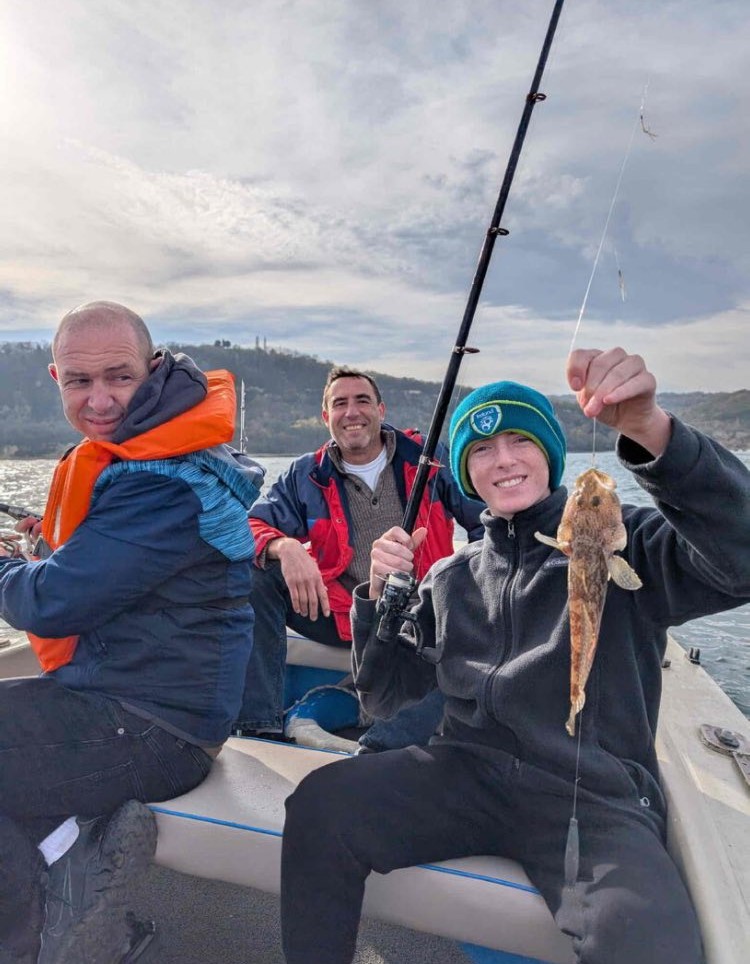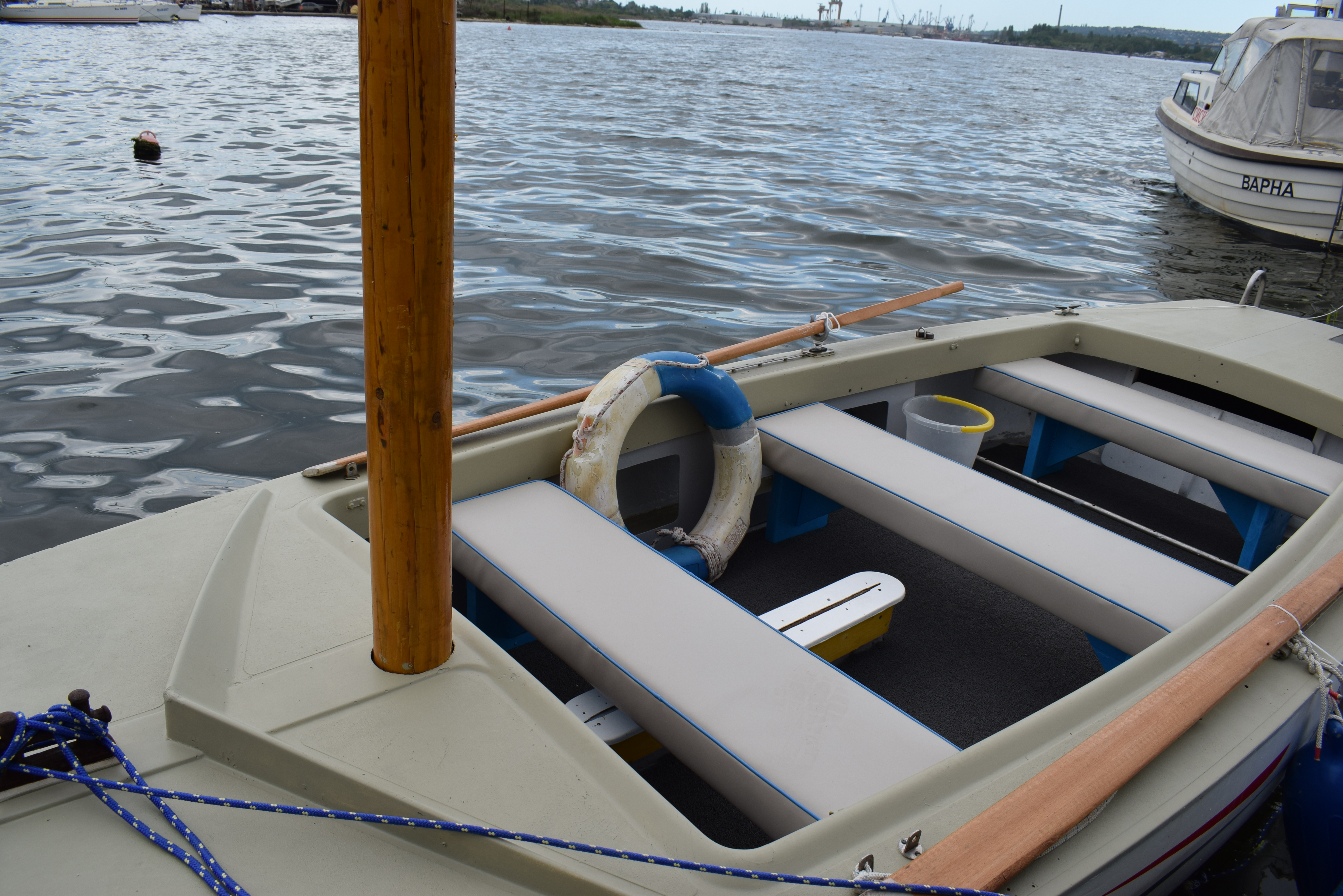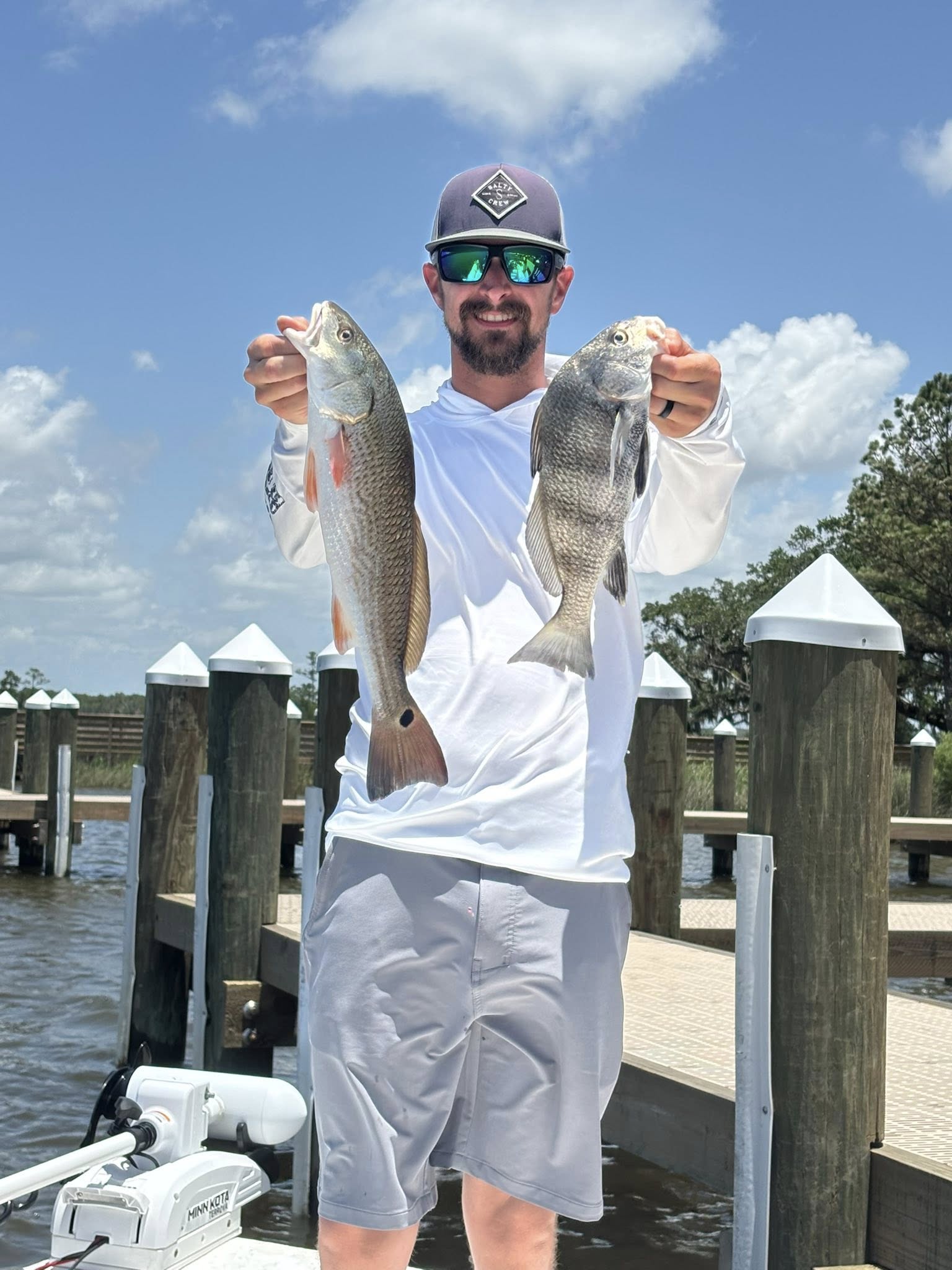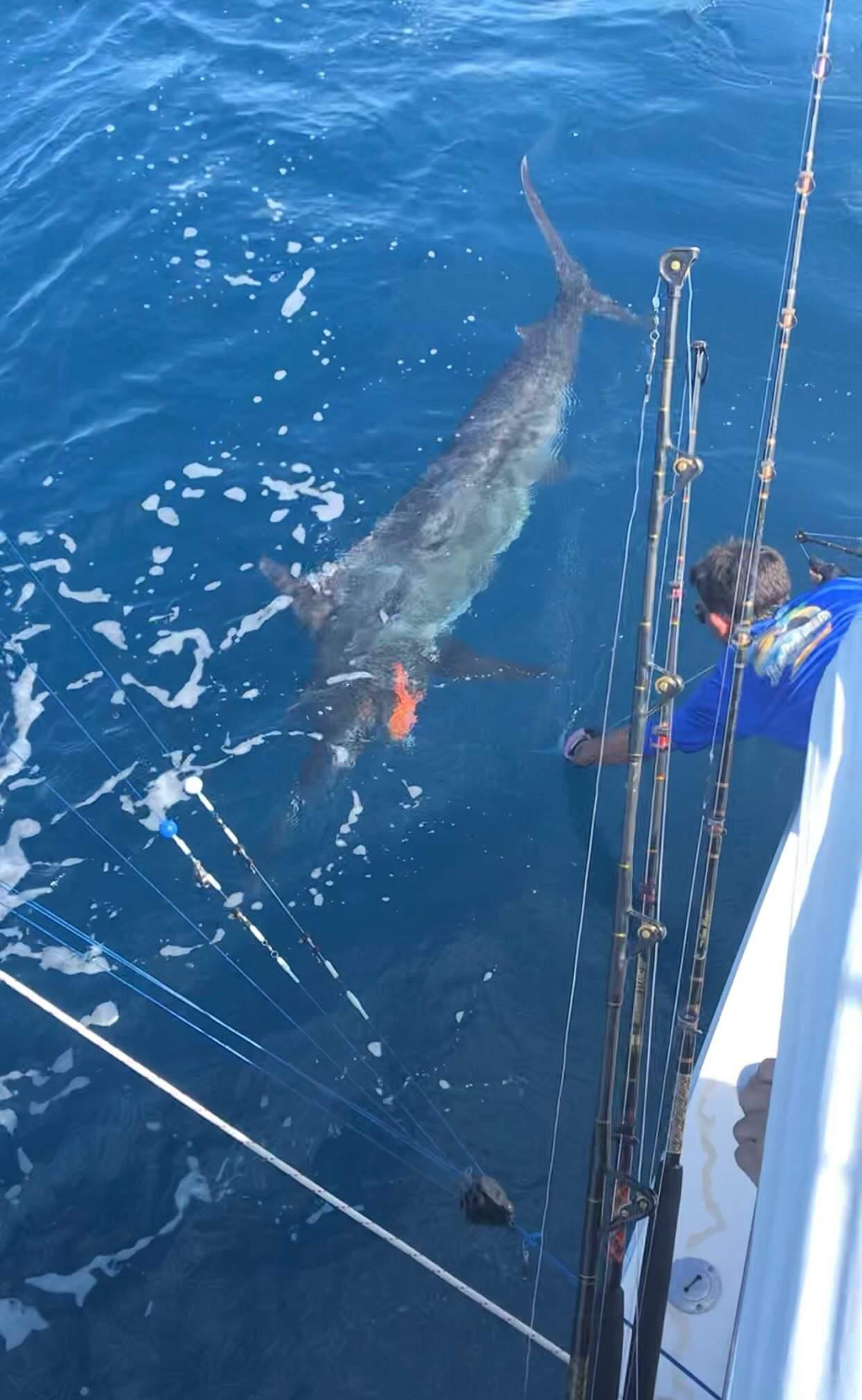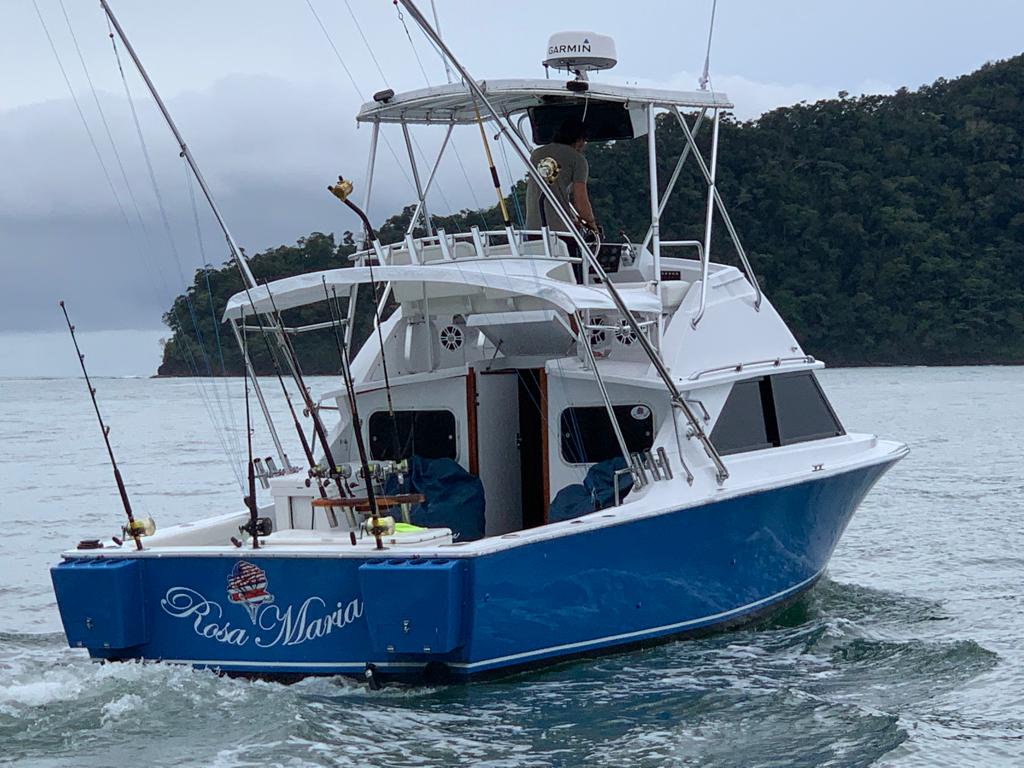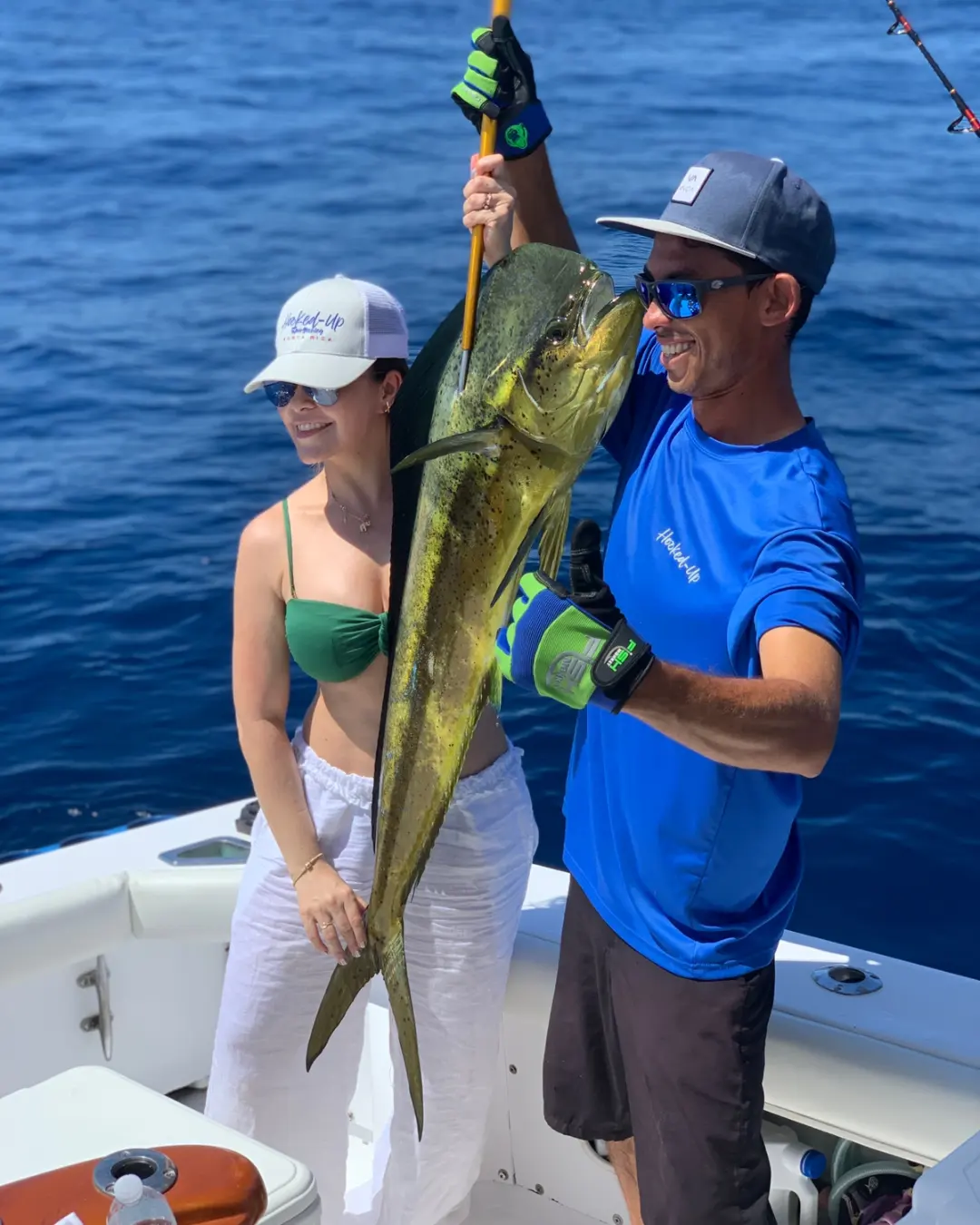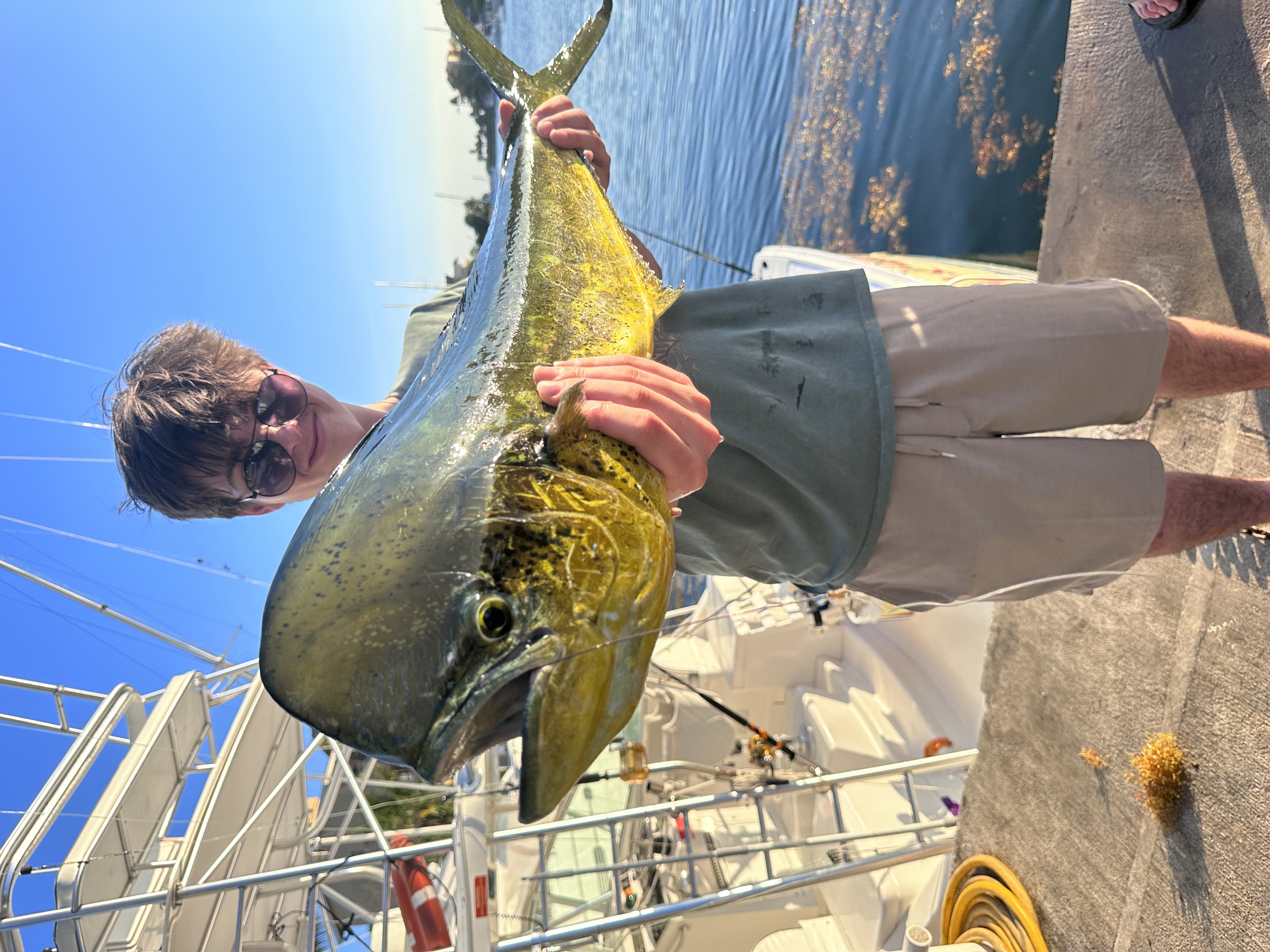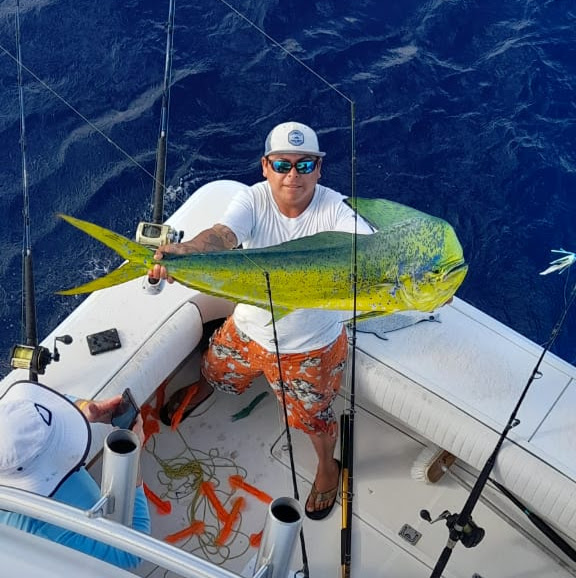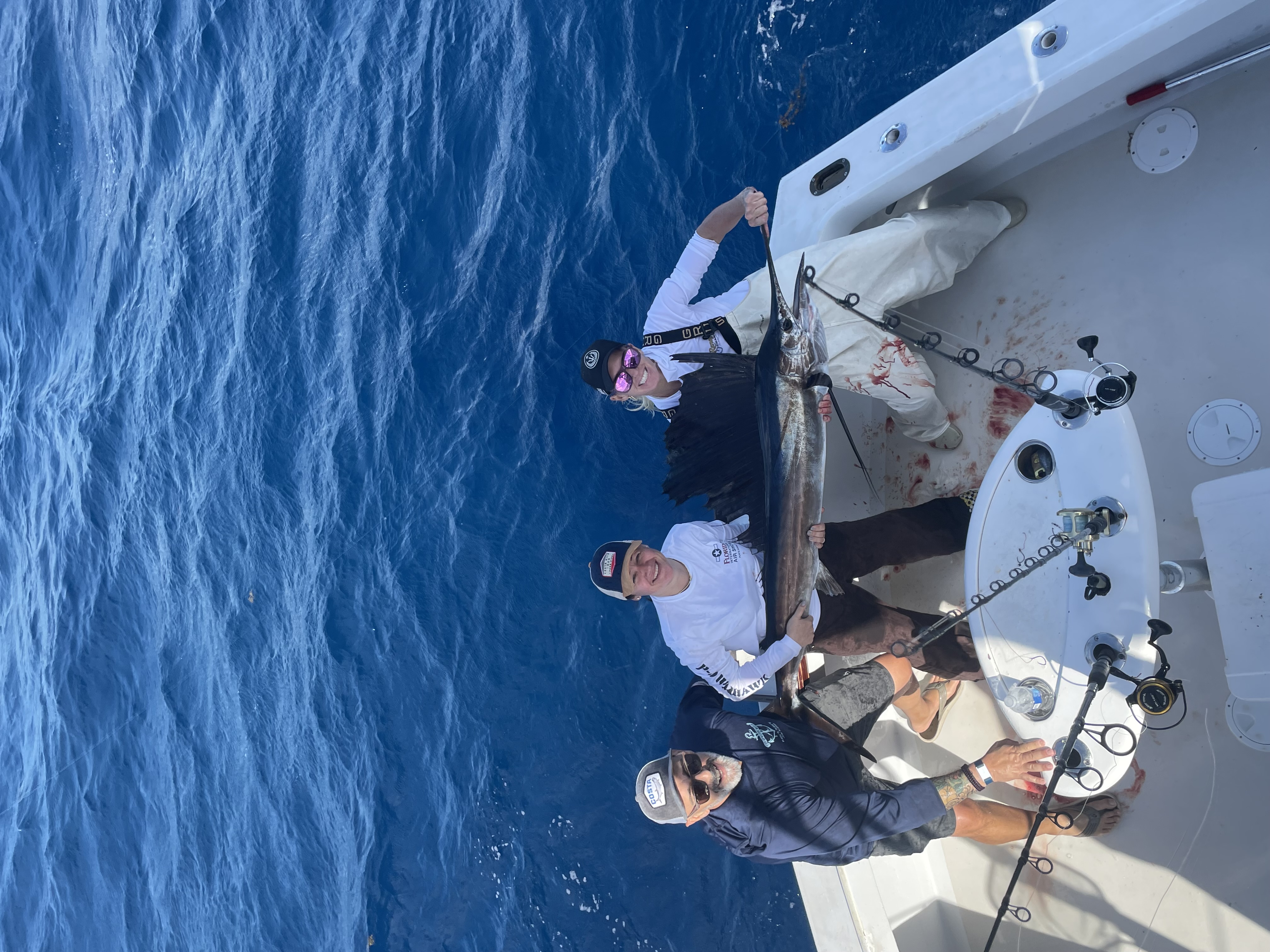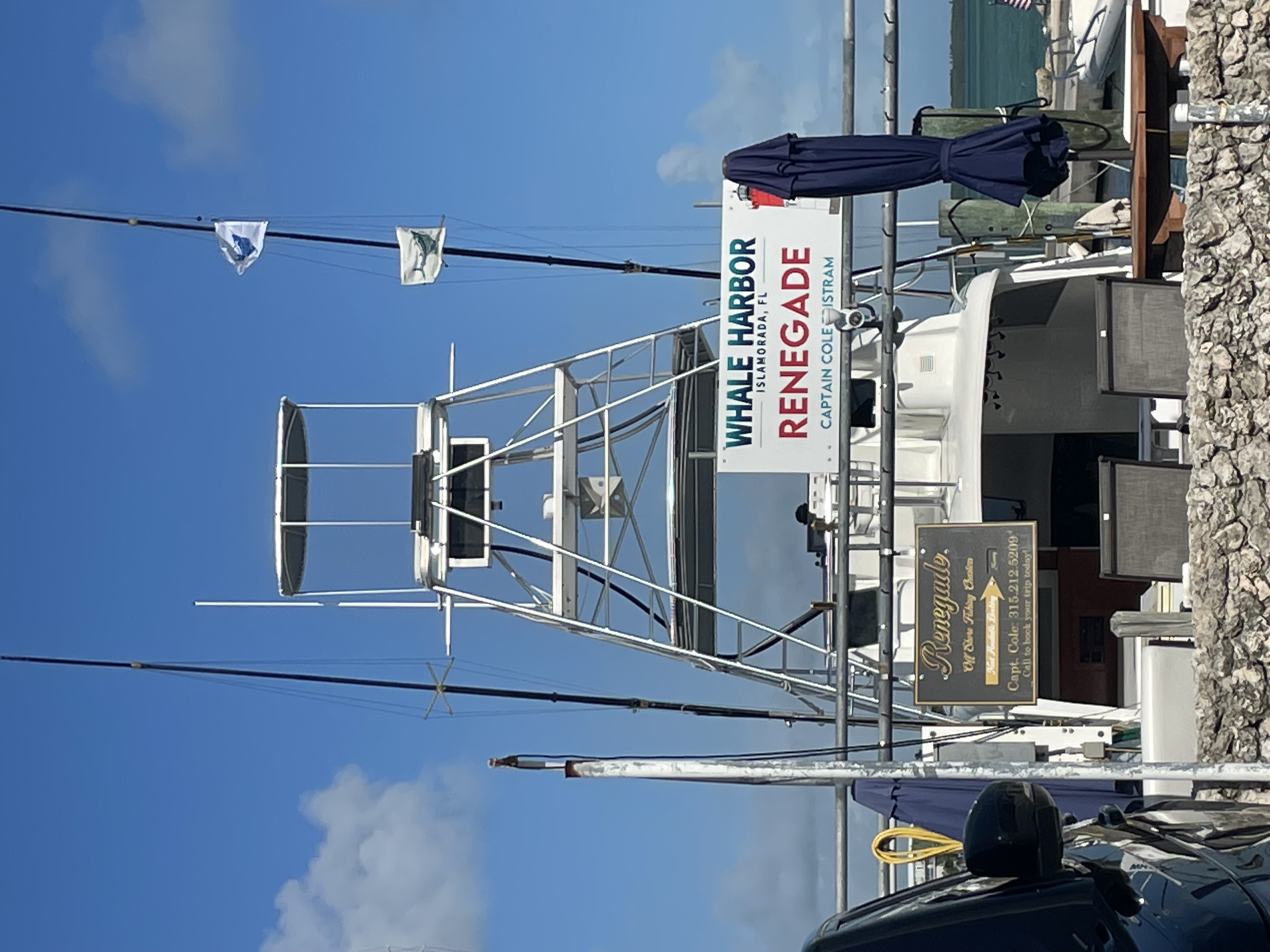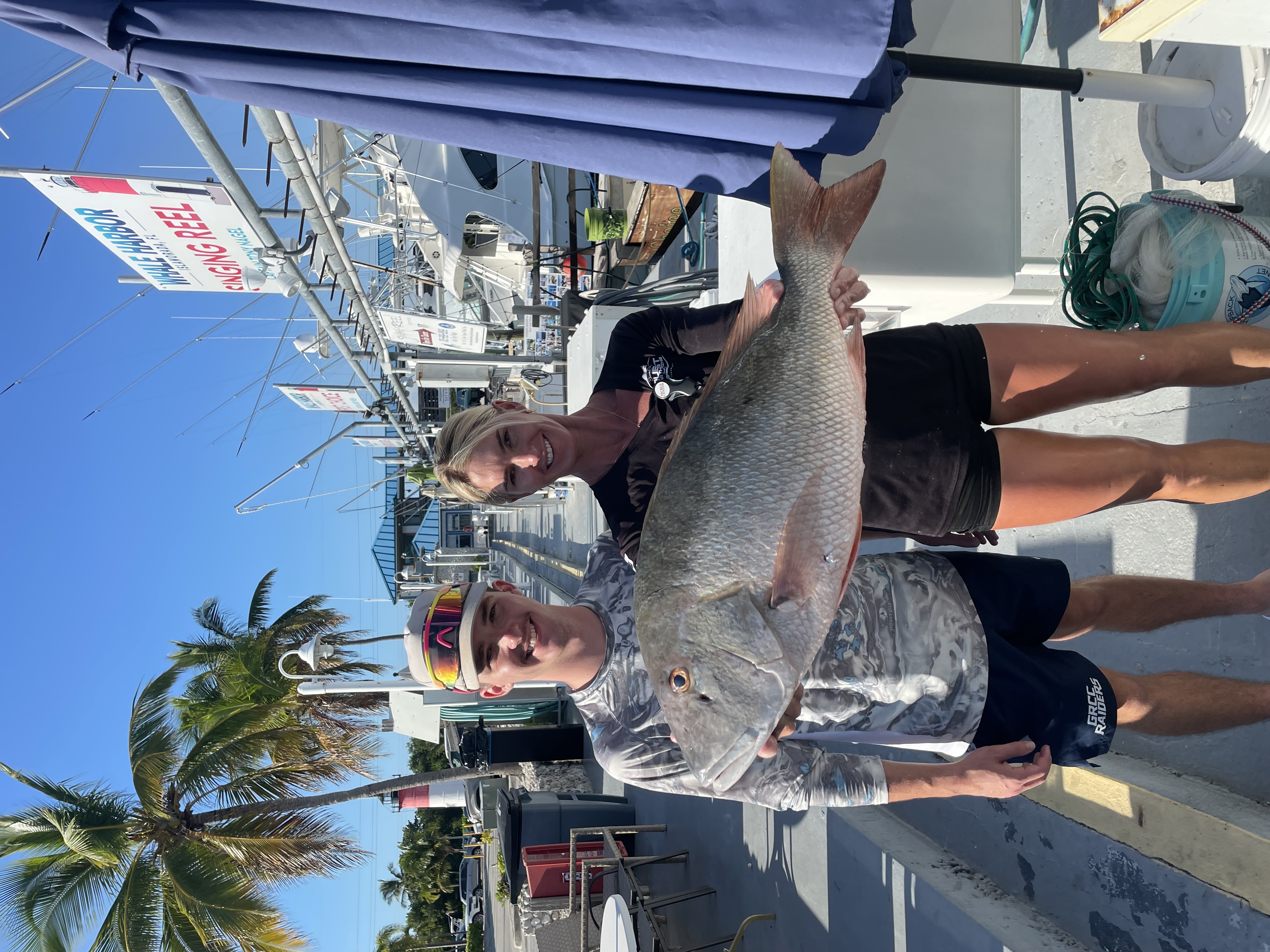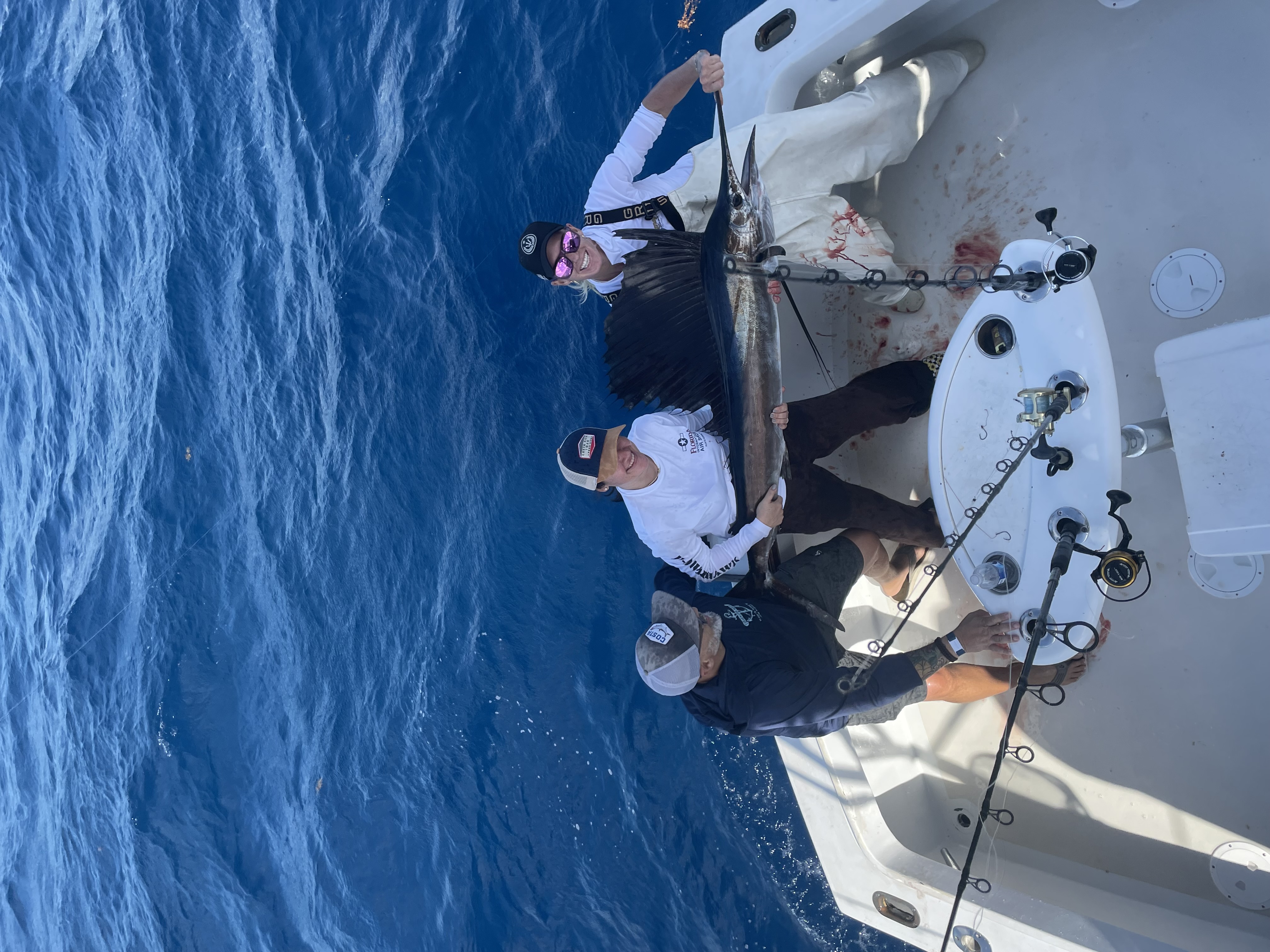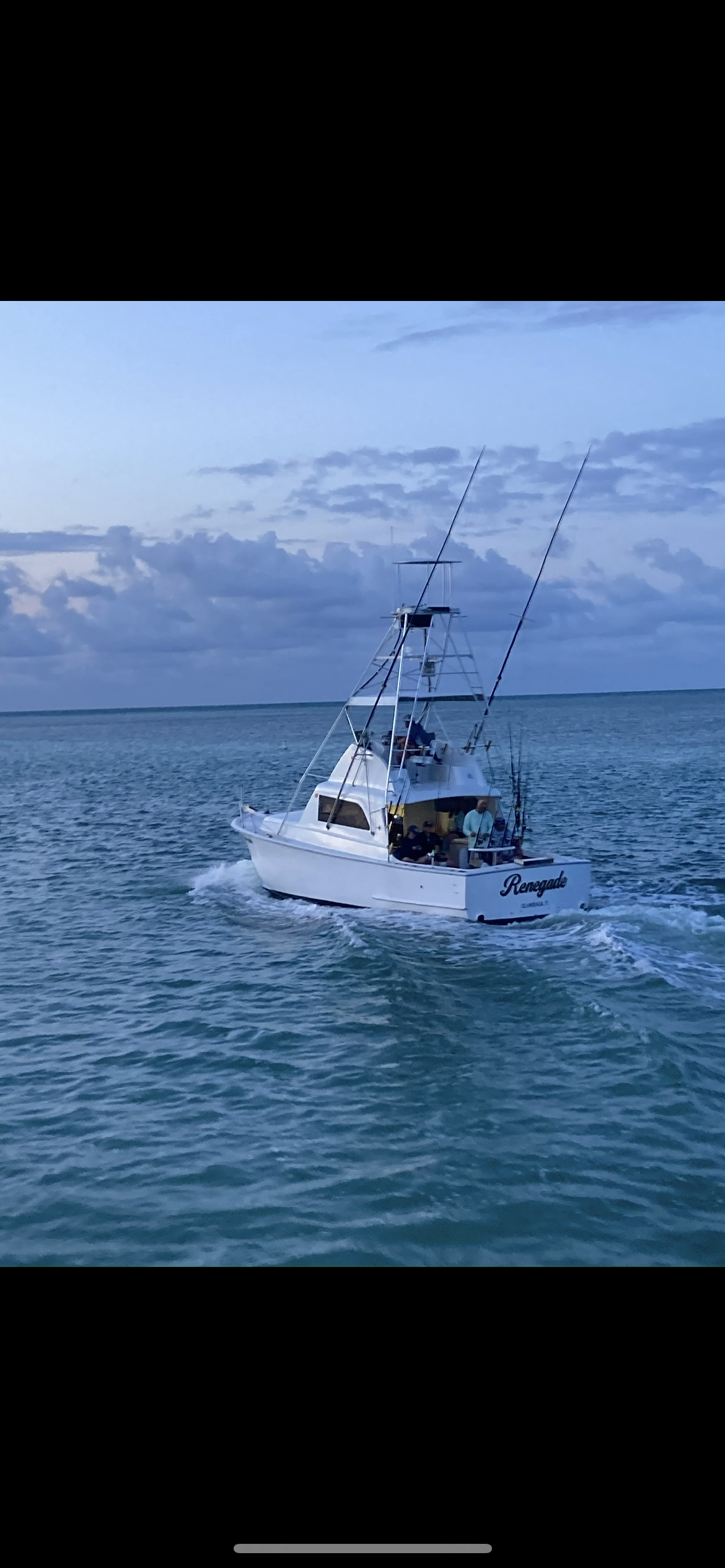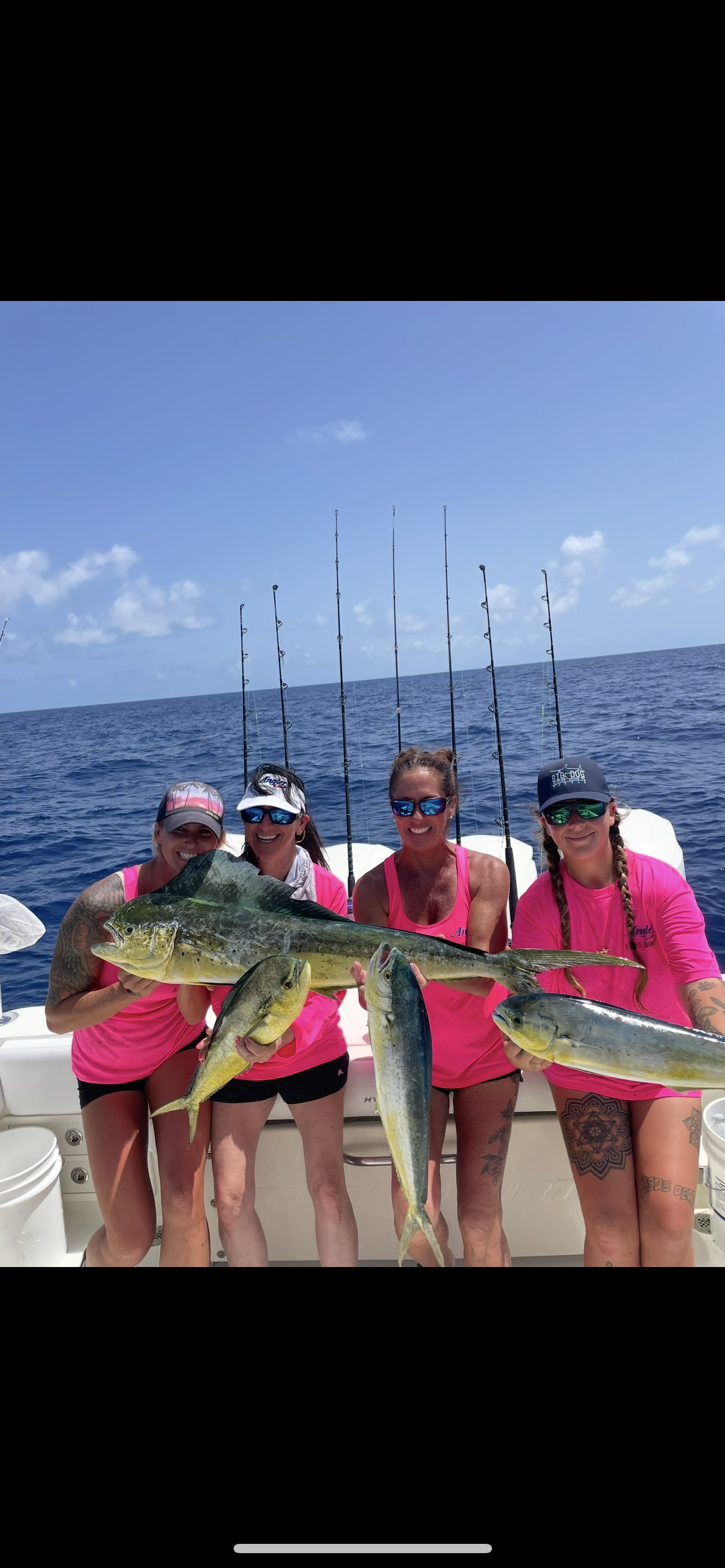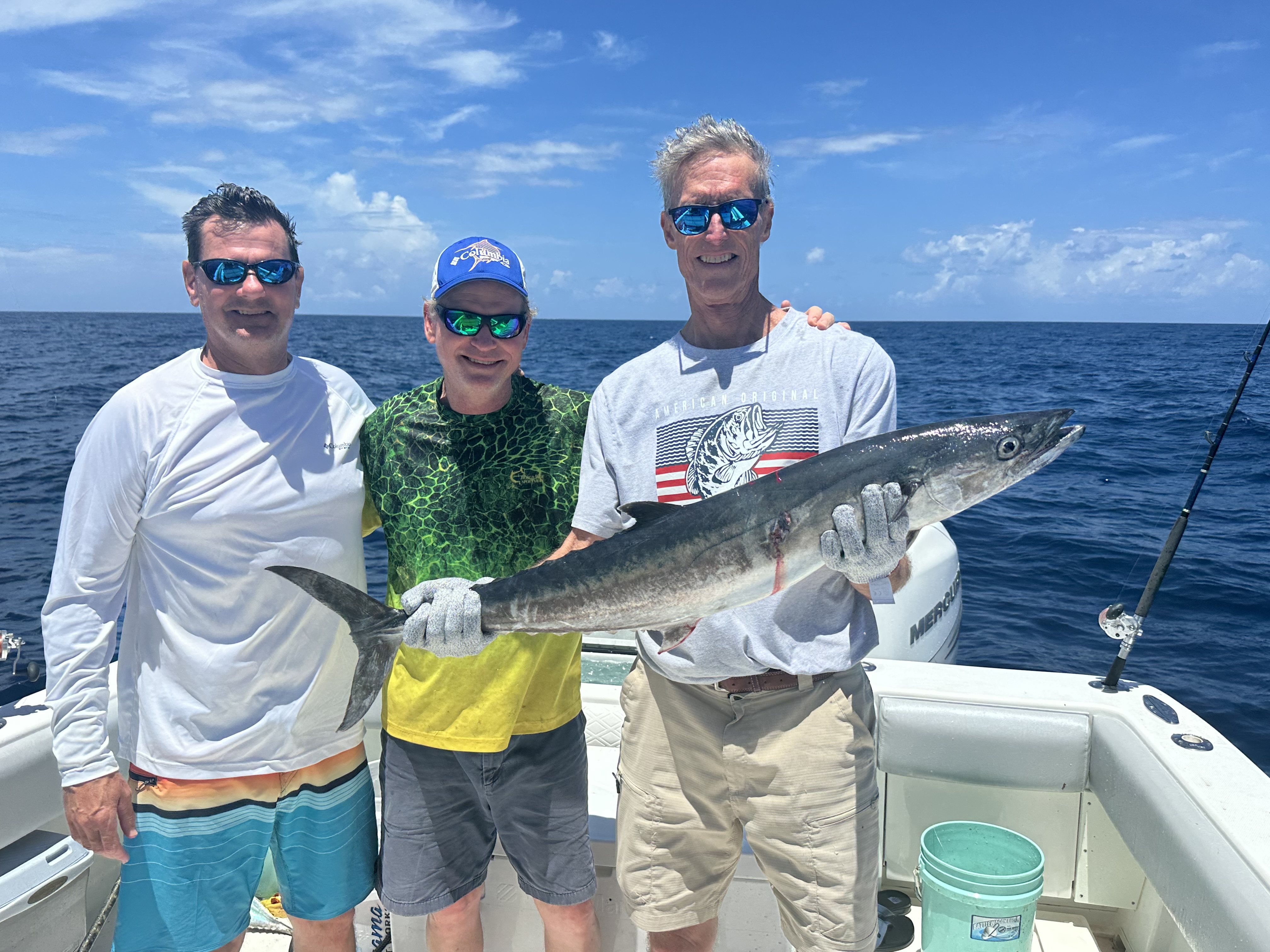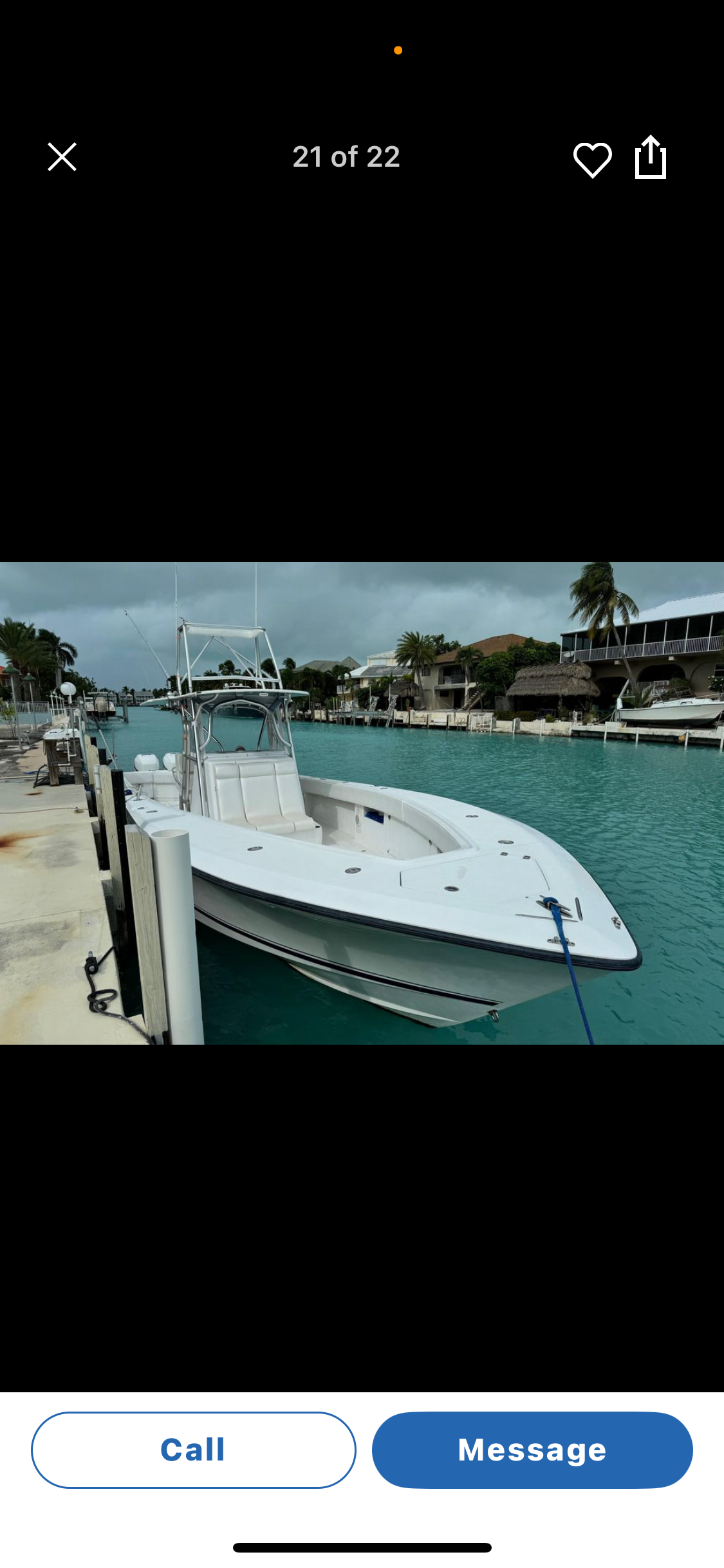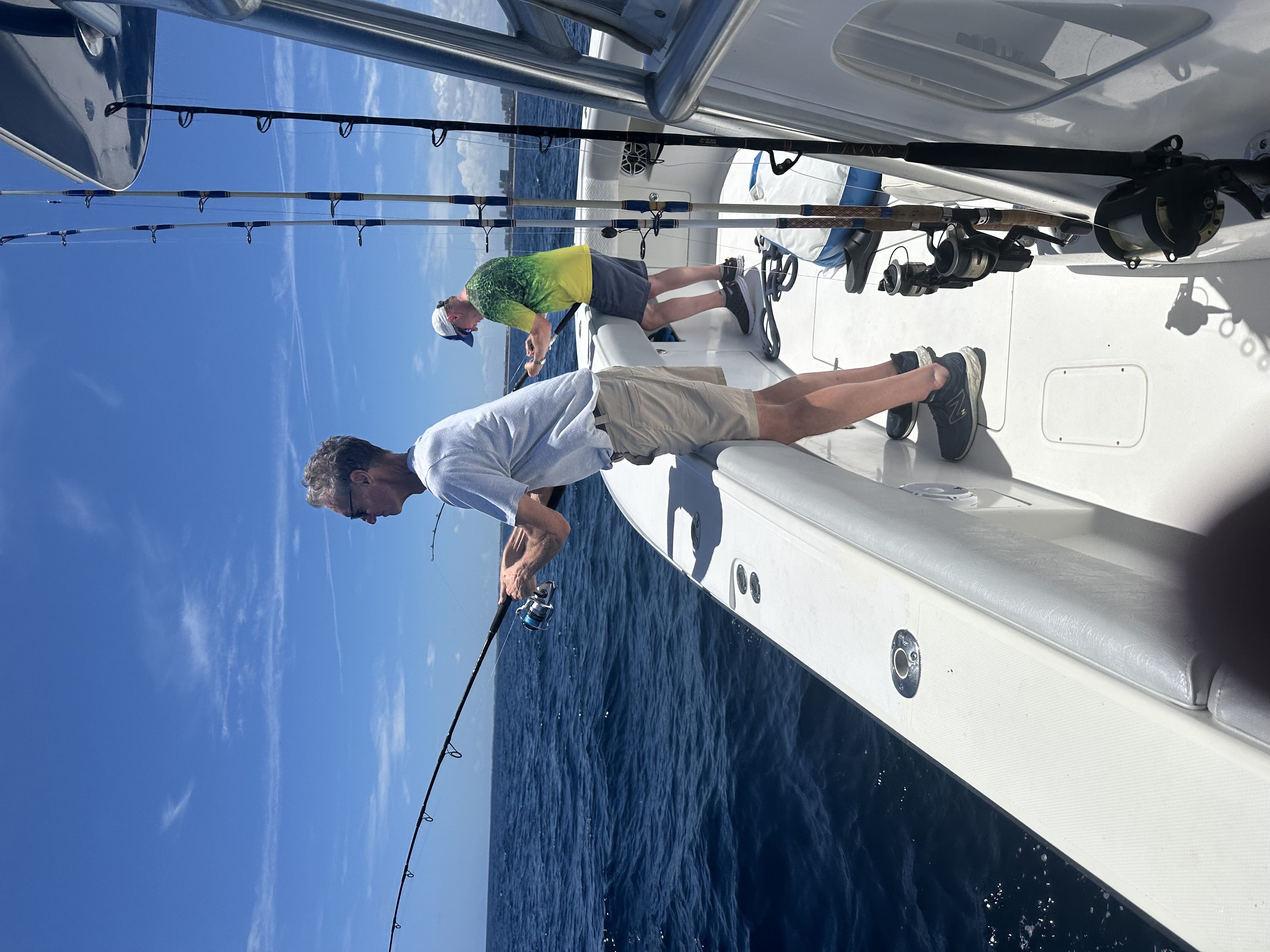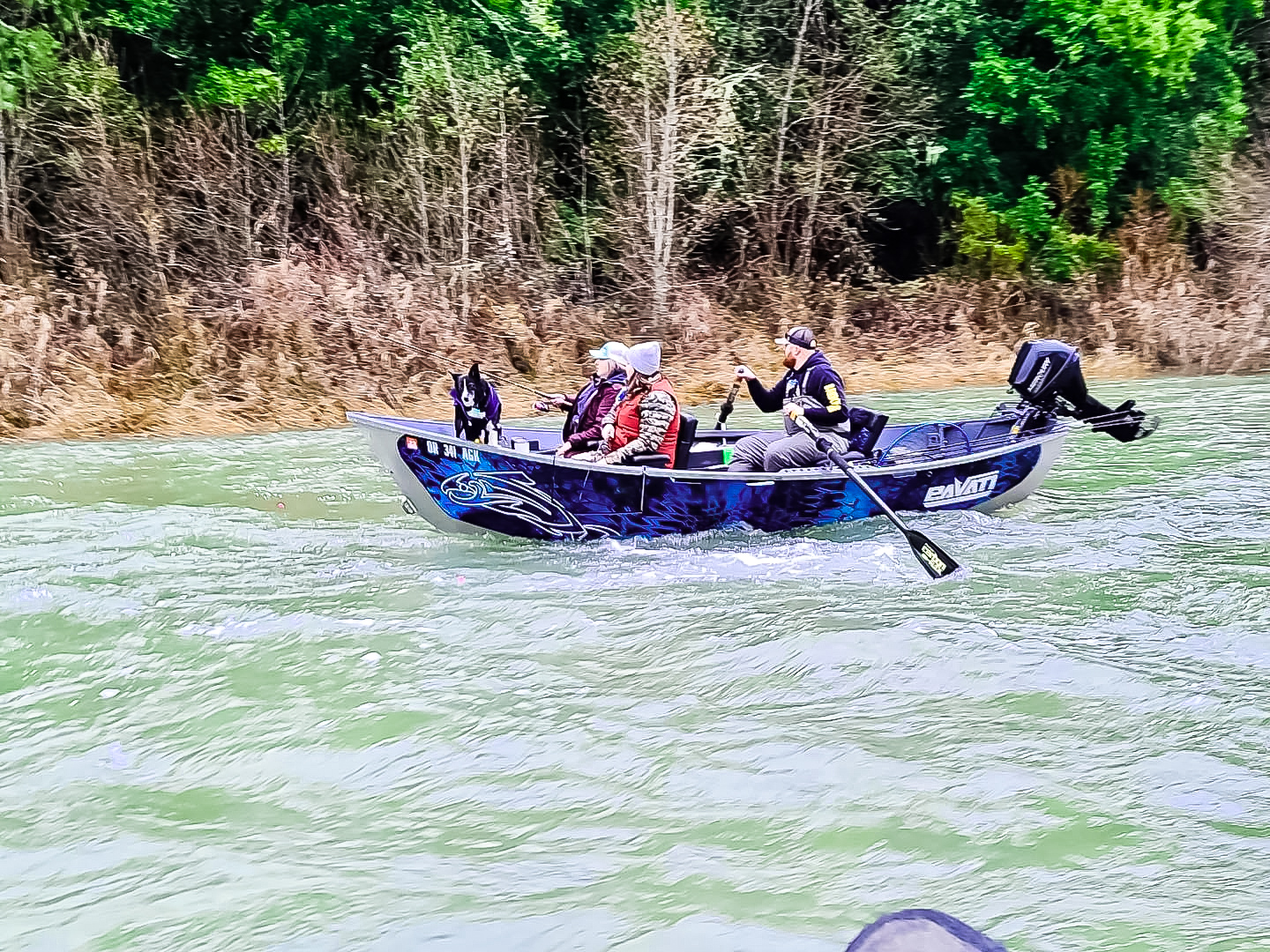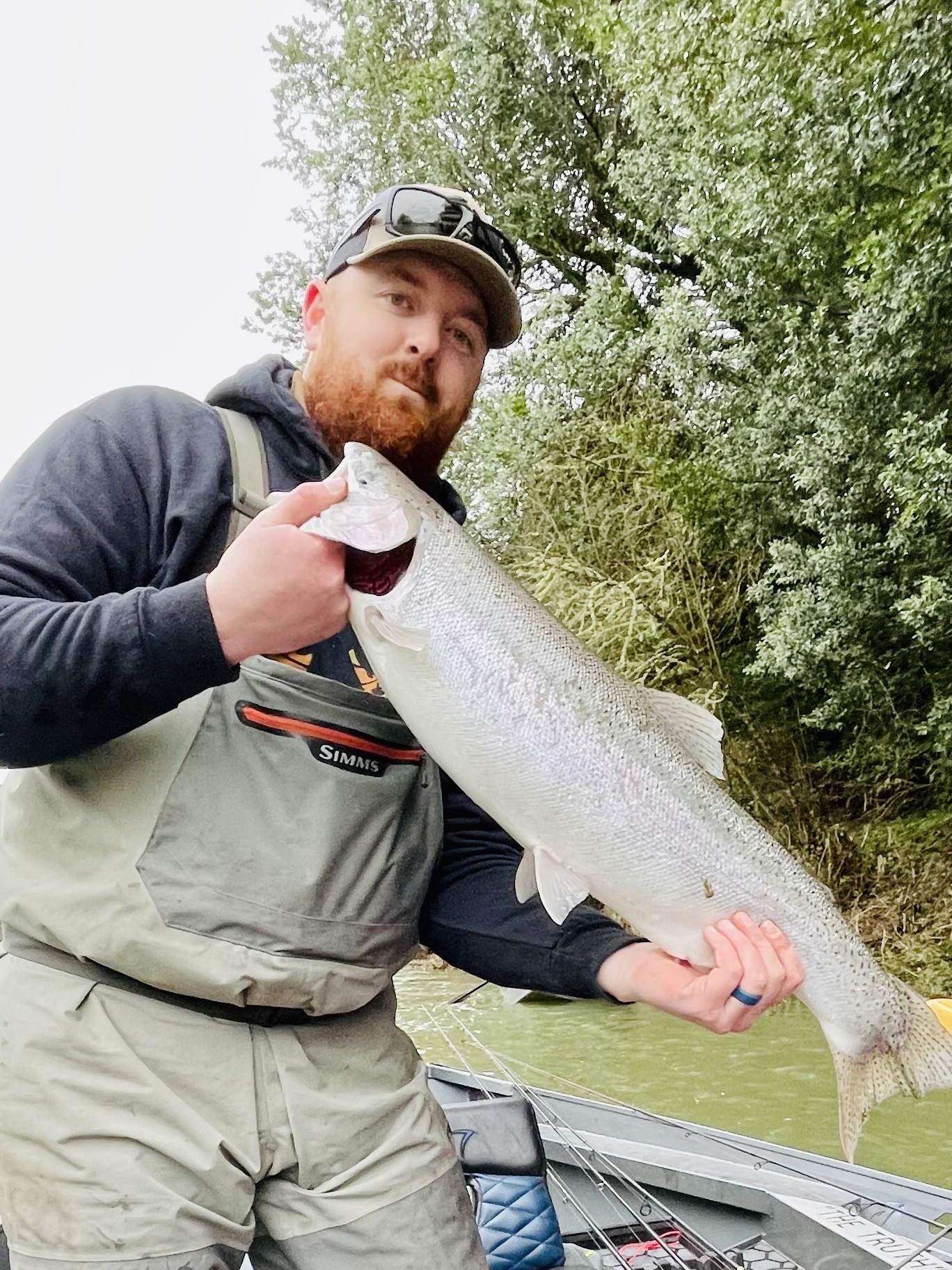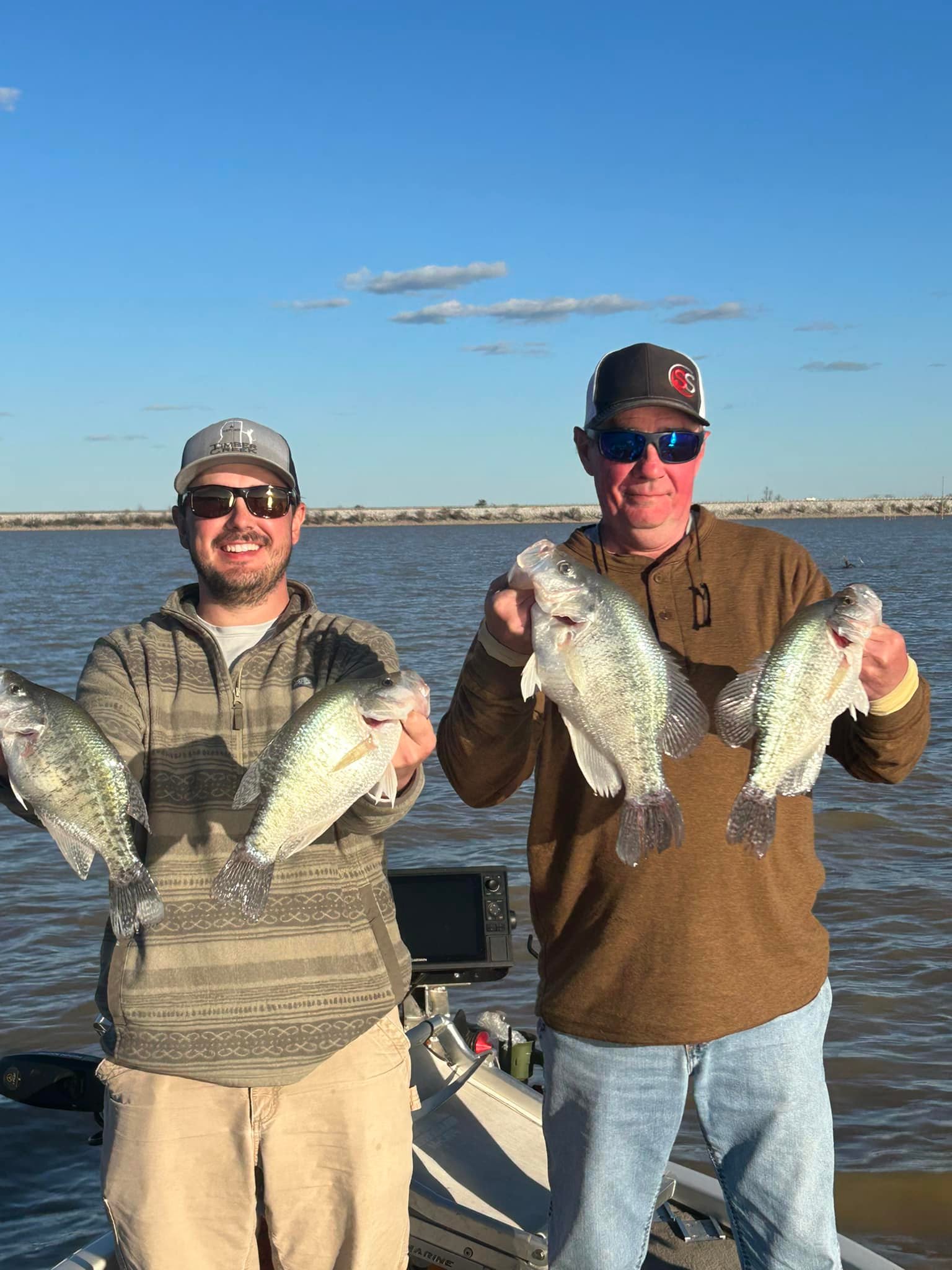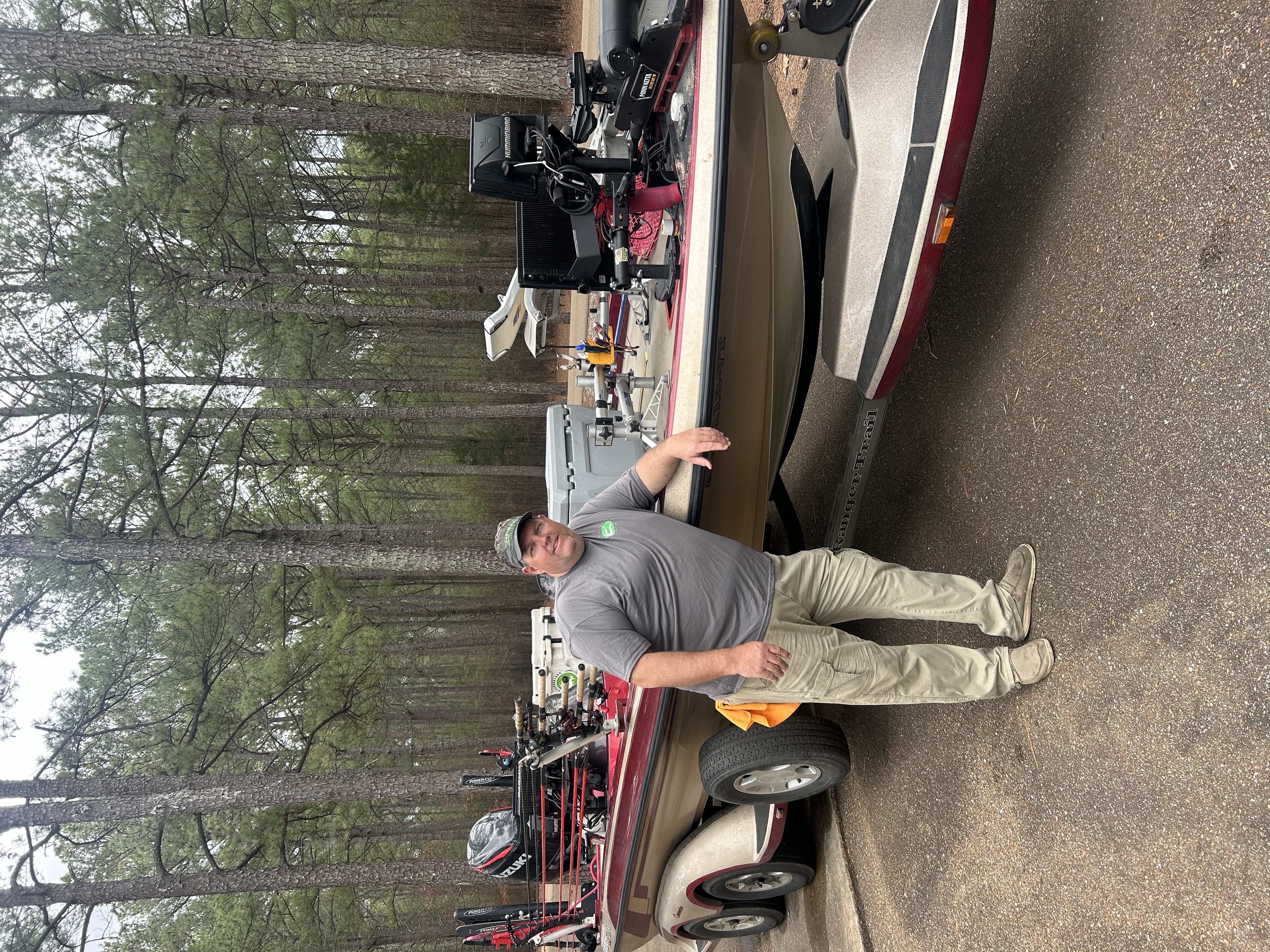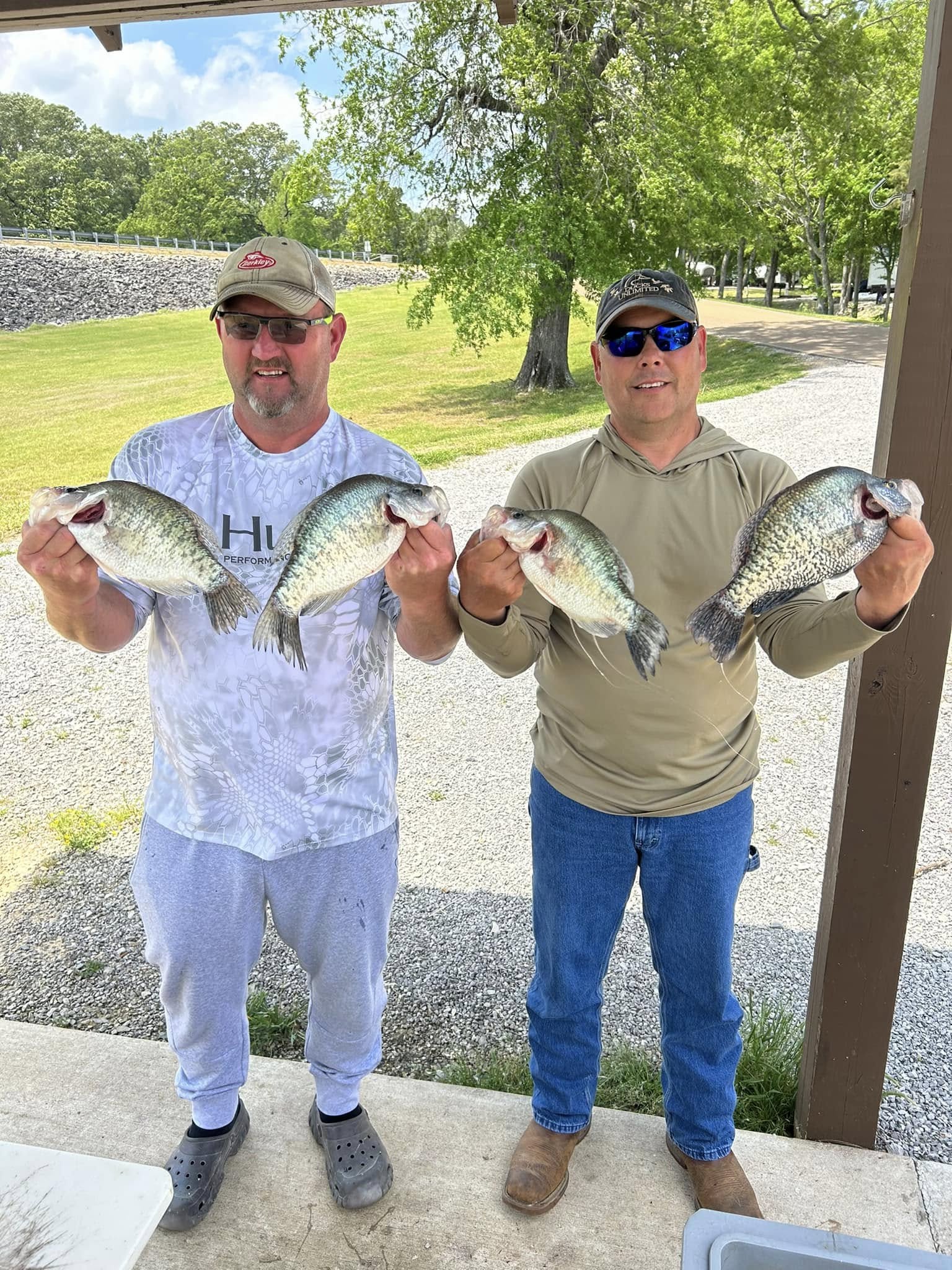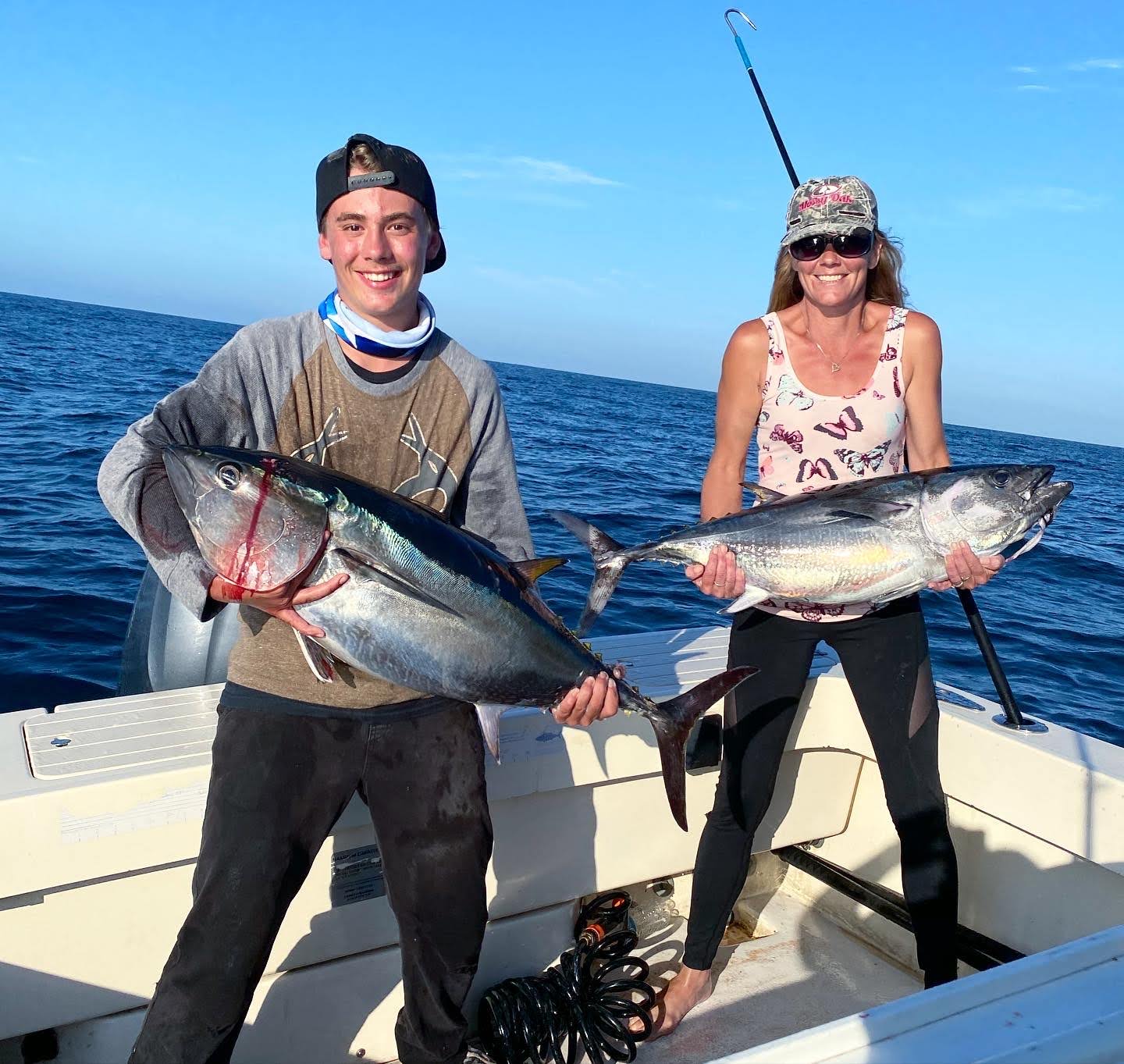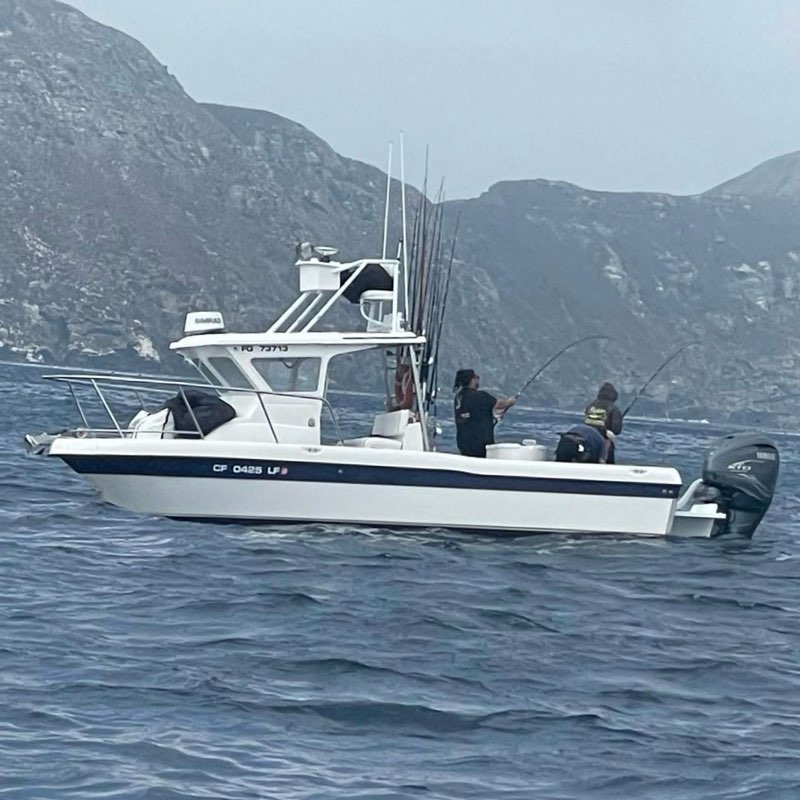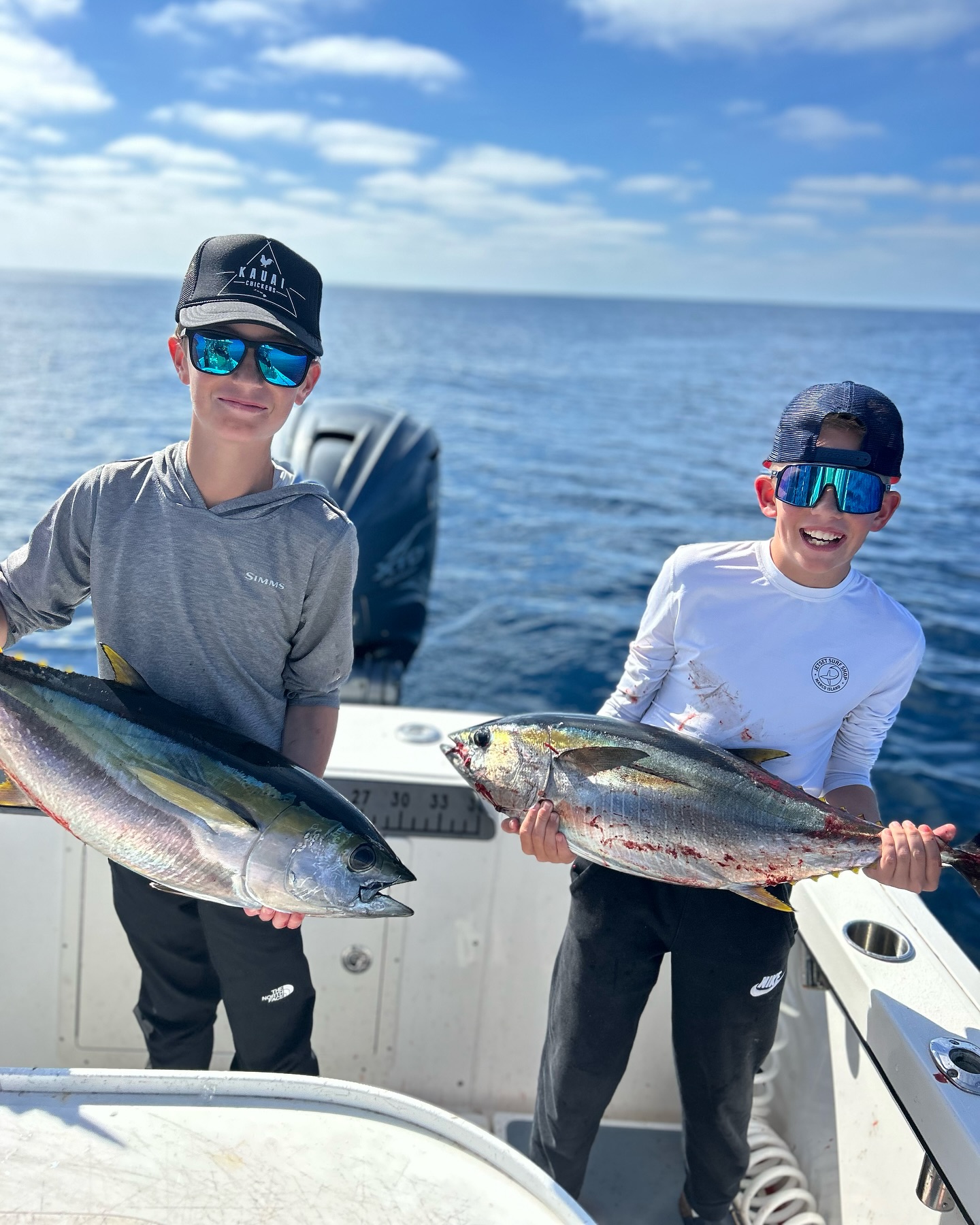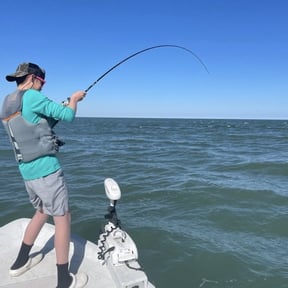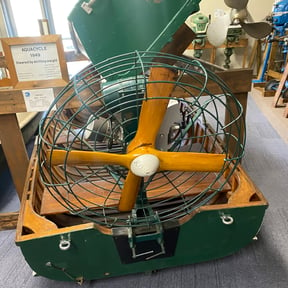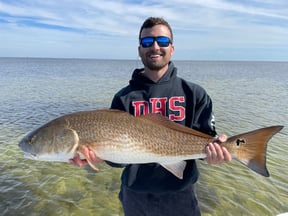Black Sea Trips
Inshore, Nearshore Fishing in Gulf Shores
Inshore/Nearshore 3-5 Hours
Deep Sea Fishing in Playa Herradura
Full Day Offshore
Deep Sea, Nearshore Fishing in Puerto Aventuras
Fishing Charter, Puerto Aventuras
Deep Sea, Nearshore Fishing in Islamorada
4 Hour Half Day
Deep Sea, Nearshore Fishing in Islamorada
6 Hour 3/4 Day
Inshore, Deep Sea, Nearshore in Palm Beach Shores
Catching Fish And Having Fun
Winter Steelhead
Pickwick Lake Crappie Trip
Epic Offshore San Diego
We started Captain Experiences to make it easy to book fishing and hunting guides around the world. With over 2,000 Damn Good Guides, our platform makes finding and booking a trip seamless. Head here to check out our trips.
Beginner's Guide to Fishing: Setting the Hook
For new anglers, setting the hook can be a mystery, and with conflicting information floating around the internet, it’s hard to know what’s right. The thunderous hook set commonly seen on bass fishing shows may look cool, but it’s not necessarily the right move for every situation. The same goes for anglers trolling offshore who don’t seem to set the hook, but instead pick up the rod and start reeling. To help you sort through the noise, here’s a breakdown of how to set the hook, along with a few situational differences.
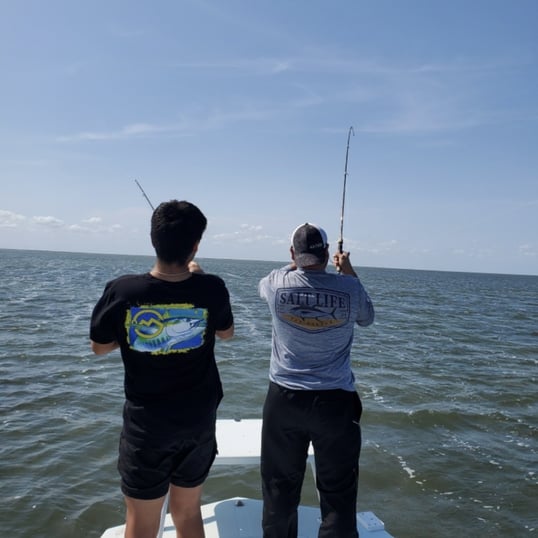
How to Set The Hook
Waiting might be the hardest part of setting the hook, but it can make all the difference. If a fish crushes the bait, the time it takes to react is enough to set the hook. When fish are being bashful, letting them take it for a moment will help ensure that it’s far enough in their mouth for a successful hookset. When you set the hook, reel down to take out any slack in the line then sweep your rod tip up or in the opposite direction of the fish.
Trying to set the hook with slack in the line has two main outcomes. When there is a lot of slack in the line, the hookset might be underpowered or weak because the rod didn’t pull back on the line until the end of the motion. When there is a little bit of slack in the line, the rod starts moving before the hook, and when it comes tight it sends a shock through the line. This runs the risk of breaking off or pulling the bait out of the fish’s mouth. When a fish bites, reel slightly to take the slack out, and when you start to feel the weight of the fish set the hook.
Setting the Hook With Lures
Casting lures is an active form of fishing, with hard baits like poppers, stick baits, and spinners that usually feature treble hooks. Treble hooks offer three points instead of one, which naturally provides better odds for hooking up with a fish. The hook set with a treble hook should be firm but not vigorous. Setting the hook too hard can pull the bait free or destroy the mouth of the fish—both of which are not ideal.
How to Set the Hook with Bait
When casting soft plastics, live bait, or cut bait, single-point hooks are the most popular and benefit from a slightly different hook set. These baits typically have a slow or passive retrieve that makes a strong strike from a fish feel like a big thump. When setting the hook with a single-point hook, reel up the slack and quickly sweep the rod in the opposite direction. The swing of the rod should be long and speed up throughout the motion. This pulls the hook to the corner of the fish's mouth and securely lodges the hook into the fish.
Setting the Hook While Trolling
Trolling is complicated, but the hookset is fairly straightforward because the boat is moving. Trolling uses a variety of divers, plugs, and bait that may have treble or single-point hooks. These open water fish strike with speed and turn away, allowing the hook to be pulled to the side and embed itself into the fish's mouth. This is why when a fish bites, the first thing you hear is the drag winding out. That indicates the hook is set, and the fish is on.
Setting The Hook
Regardless of the environment or fish you’re targeting, the most important factor is the type of hook or trolling. For single-point hooks, use a long sweeping hook set that is strong, while a firm quick hookset is ideal for treble hooks. If you are trolling the best thing to do when a fish bites is grab the rod and strap into the fighting chair. It will take time to master setting the hook but if you’re confused or want to shorten the learning curve, book a trip with a guide who will show you the ropes.
Joey Butrus
Updated on August 2, 2023

January 7, 2022

October 26, 2020

July 31, 2024

March 8, 2022
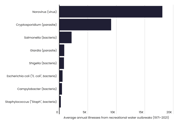
July 1, 2024
Related Articles
October 31, 2022
July 23, 2024
Featured Locations
- Fishing Charters Near Me
- Austin Fishing Guides
- Biloxi Fishing Charters
- Bradenton Fishing Charters
- Cabo San Lucas Fishing Charters
- Cancun Fishing Charters
- Cape Coral Fishing Charters
- Charleston Fishing Charters
- Clearwater Fishing Charters
- Corpus Christi Fishing Charters
- Crystal River Fishing Charters
- Dauphin Island Fishing Charters
- Daytona Beach Fishing Charters
- Destin Fishing Charters
- Fort Lauderdale Fishing Charters
- Fort Myers Fishing Charters
- Fort Walton Beach Fishing Charters
- Galveston Fishing Charters
- Gulf Shores Fishing Charters
- Hatteras Fishing Charters
- Hilton Head Fishing Charters
- Islamorada Fishing Charters
- Jacksonville Fishing Charters
- Jupiter Fishing Charters
- Key Largo Fishing Charters
- Key West Fishing Charters
- Kona Fishing Charters
- Lakeside Marblehead Fishing Charters
- Marathon Fishing Charters
- Marco Island Fishing Charters
- Miami Fishing Charters
- Montauk Fishing Charters
- Morehead City Fishing Charters
- Naples Fishing Charters
- New Orleans Fishing Charters
- New Smyrna Beach Fishing Charters
- Ocean City Fishing Charters
- Orange Beach Fishing Charters
- Panama City Beach Fishing Charters
- Pensacola Fishing Charters
- Pompano Beach Fishing Charters
- Port Aransas Fishing Charters
- Port Orange Fishing Charters
- Rockport Fishing Charters
- San Diego Fishing Charters
- San Juan Fishing Charters
- Sarasota Fishing Charters
- South Padre Island Fishing Charters
- St. Augustine Fishing Charters
- St. Petersburg Fishing Charters
- Tampa Fishing Charters
- Tarpon Springs Fishing Charters
- Venice Fishing Charters
- Virginia Beach Fishing Charters
- West Palm Beach Fishing Charters
- Wilmington Fishing Charters
- Wrightsville Beach Fishing Charters
